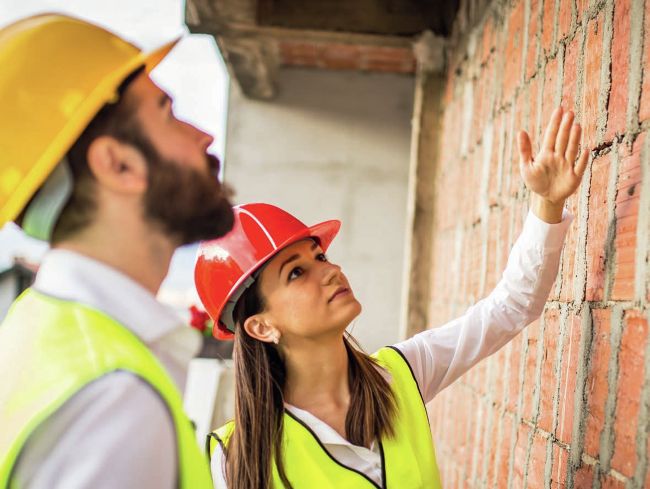BUILDING REGULATIONS WHY THEY MATTER
Government rules and regulations for self build and renovation projects are designed to keep you and your home as safe and comfortable. Architect Julian Owen explores a few of the ways in which the Building Regs can provide that all-important peace of mind throughout your development

Few of us love having to deal with rules, regulations and red tape, especially in the construction industry. If you ask anyone that works in the field on a day -t o-day basis about Building Regulations or health and safety, it sometimes feels like we spend more time humouring officials and ticking boxes than we do actually getting stuff built. The problem is that they add time and cost to a project, as well as putting limits on what you can do with a design. The other side of the coin is that they prevent corners from being cut and ensure a minimum standard of quality is achieved in each build. This is a valuable protection for consumers renovating or building their own home and it acts as a safety net if you are unlucky enough to be stuck with a bungling designer or builder intent on bodging the job you’ve asked them to do.
What are Building Regulations?
The government imposes thousands of rules on construction projects of all types, and many of them are covered by the Building Regulations, set out in a series of booklets known as Approved Documents in England and Wales, Building Standards in Scotland and Technical Booklets in Northern Ireland.
The rules don’t say a lot about maintaining high standards of workmanship or the quality of the finished build, and they’re not that bothered about non -essential fixtures, fittings and finishes. For example, when presented with an external leaf of low -quality bricks, poorly sorted from the pack and looking like a dog’s dinner, a building control officer will pass it so long as it keeps the rain out and isn’t threatening to all fall down.